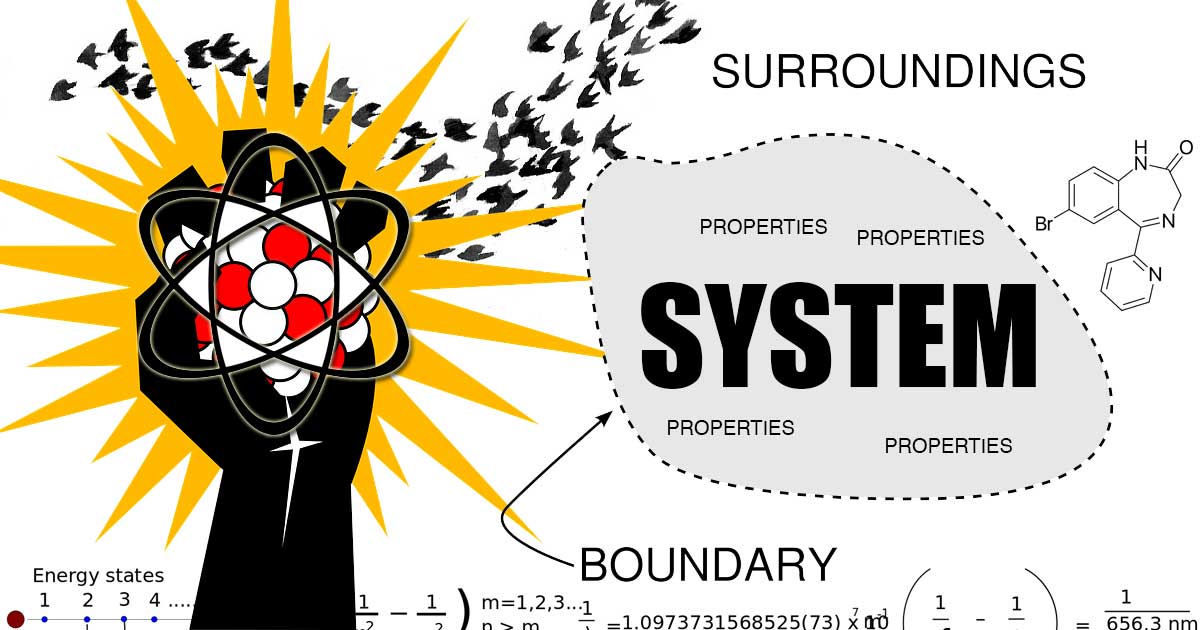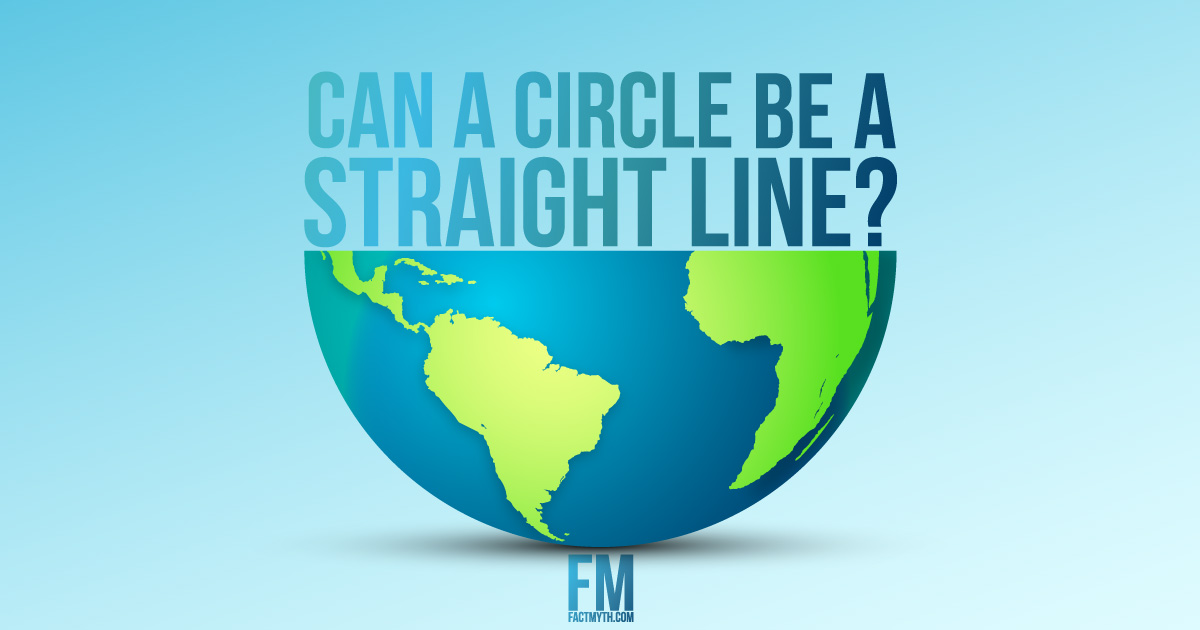Einstein Wrote ‘E=mc^2’ in His Famous Paper

Einstein’s 1905 paper on mass-energy equivalence doesn’t actually say ‘E=mc^2‘ it says, roughly, ‘m=L/c^2‘.
Mathematics (Math) is the study of physical properties and measurable change, logic is a philosophy that uses mathematics-based reasoning. Logic can also apply non-mathematics-based reasoning (see section on logic in philosophy for all non-mathematics based logic).

Einstein’s 1905 paper on mass-energy equivalence doesn’t actually say ‘E=mc^2‘ it says, roughly, ‘m=L/c^2‘.

A system is any “bound”, finite, set of physical and/or conceptual properties (elements) such as physical objects, rules, or space time coordinates.

If you look at a curved surface from close up it will look “flat”, if you change your perspective and “zoom out” it will look “round”.

Conway’s Game of Life is a simple rule-set that models the evolution of systems. It’s a “zero-player” computer program that demonstrates “cellular automata”.

Everything we perceive depends on our frame of reference. What we observe is relative to our point of view. In other words, “it is all a matter of perspective”.

Infinity (∞) isn’t a number, it’s a concept. It describes something that can’t be expressed by a “finite” natural or real number.

There are different types of infinity (∞) which differ by size, countability, “flavor” and more. Most types have practical real world applications.

Physics is a branch of physical science rooted in math that asks “how does it work?” Metaphysics is a broad branch of philosophy that asks, “What is its true nature?”

The Earth is not flat; the Earth is an oblate spheroid (a bumpy sphere with a fat equator and skinny poles). There are many ways to prove the earth’s geometry.

Einstein’s mass-energy equivalence equation (E=mc2) shows that mass and energy are equivalent (but not “exactly the same”) properties of a physical system.